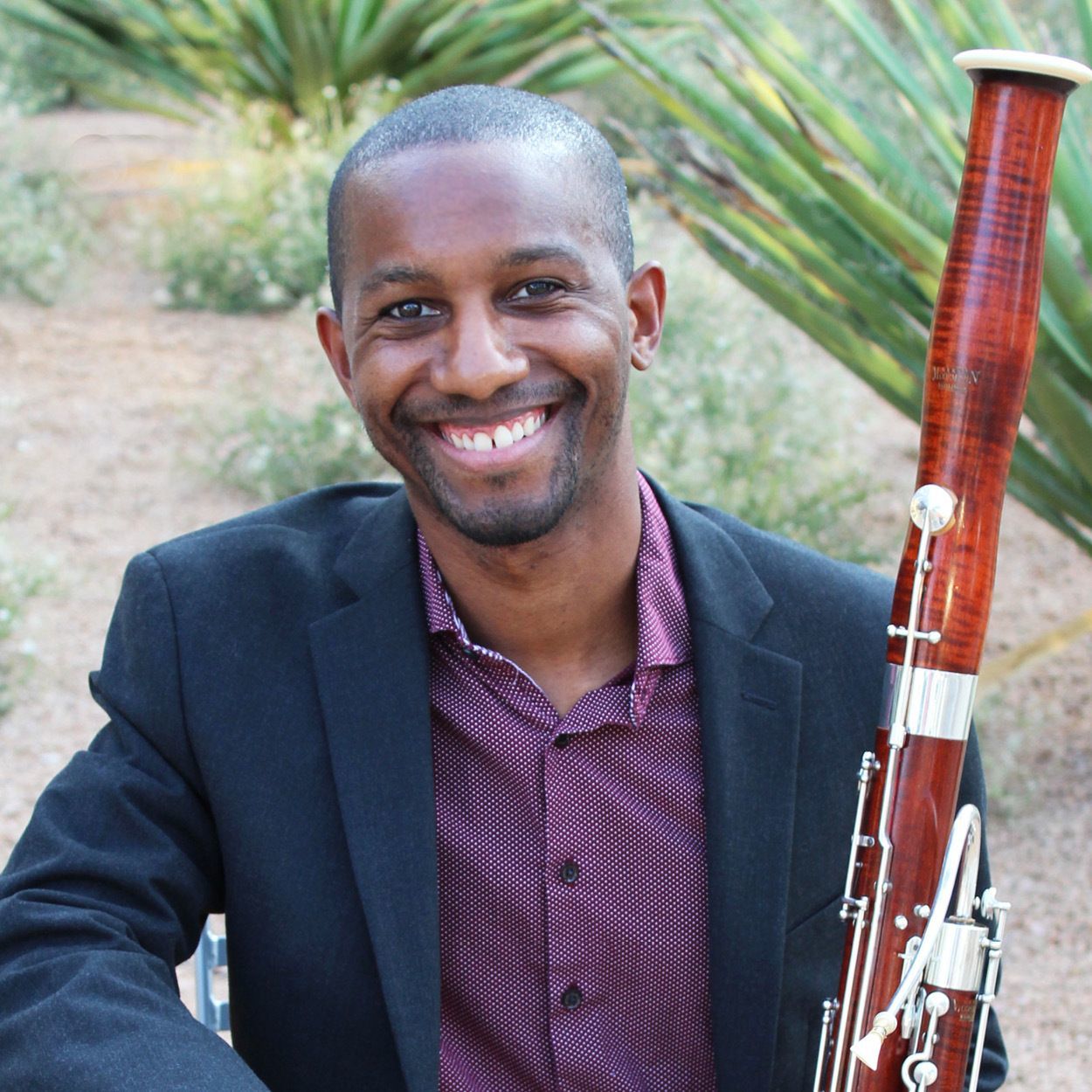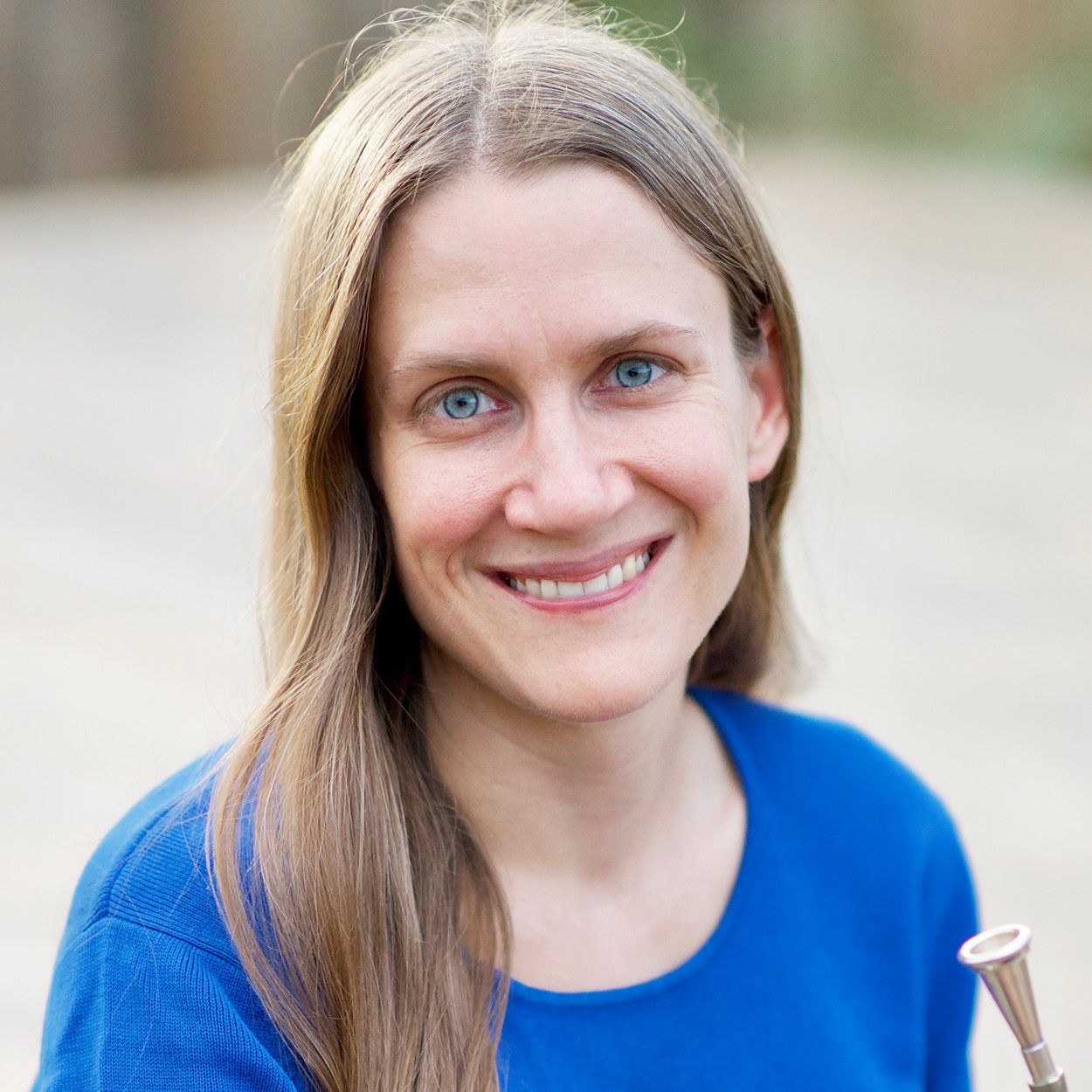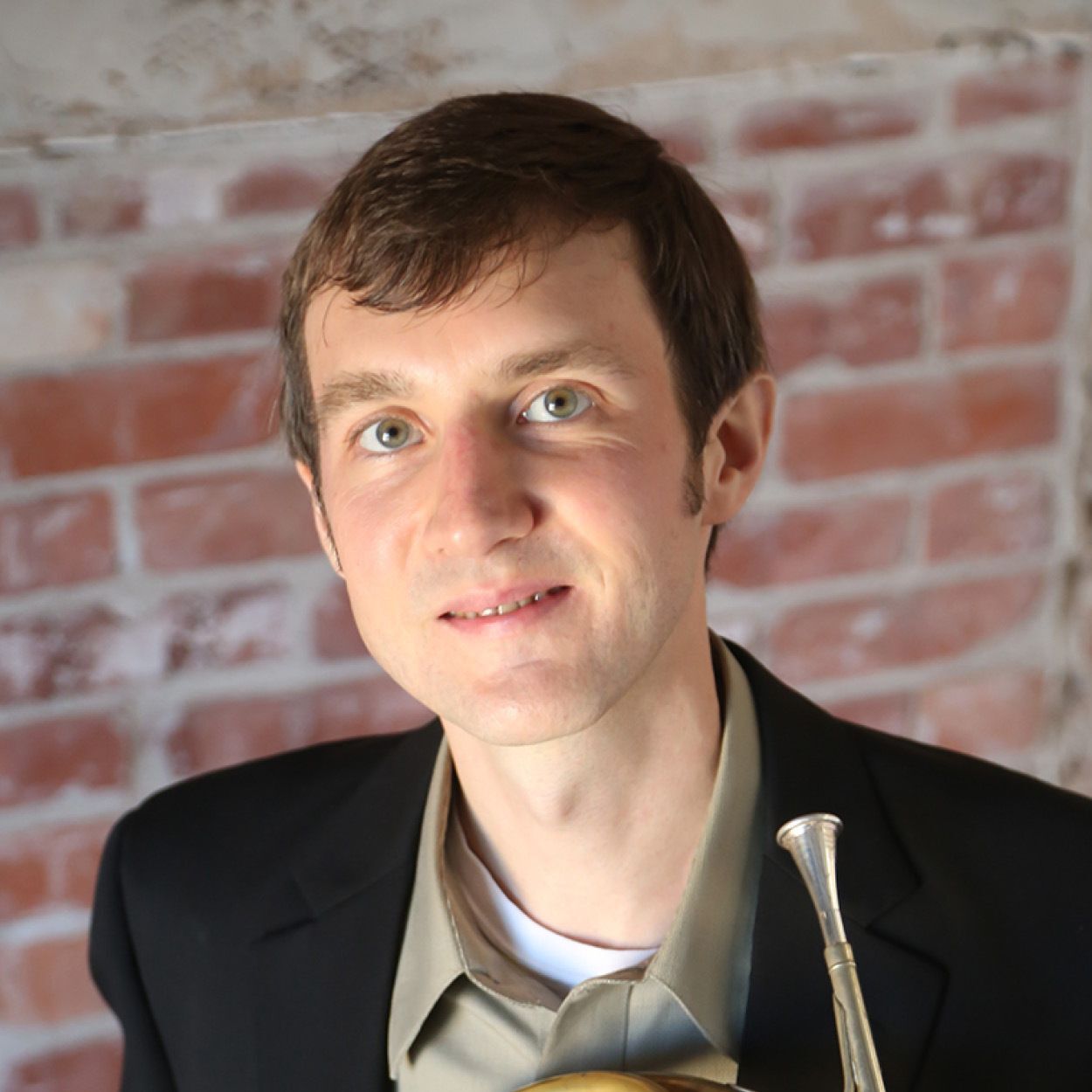GIOCOSO
West Texas Winds
Thursday, January 18, 2024 | 7:30PM
First Methodist Midland
Lyndsay Eiben, flute
Caryn Crutchfield, oboe
Chris Chance, clarinet
Philip Hill, bassoon
Sonja Millichamp, horn
Scott Millichamp, horn
Sechs Bagatellen fur Blaserquintett - Gyorgy Ligeti (1923-2006)
Allegro con spirito
Rubato. Lamentoso
Allegro grazioso
Presto ruvido
Adagio. Mesto
Béla Bartók in memoriam
Molto vivace. Capriccioso
György Ligeti was born in Transylvania to a prominent Hungarian Jewish family and lived in Hungary from an early age. He began his musical studies under Nazi occupation during World War II, but was eventually sent to a forced labor camp. All of his immediate family were sent to concentration camps, which only his mother survived. Ligeti was freed when the Soviet Army reached Hungary, and he was able to complete his music degree in Budapest, though under increasing oppression by the Stalinist regime. To appease the government, he published mostly Hungarian nationalist choral music in a folk style, but he kept private compositions of an increasingly experimental nature. In 1956, when the Hungarian Revolution failed to defeat the Soviet occupation, Ligeti fled his homeland, along with a quarter million of his countrymen, and resettled in Austria. He then became immersed in the avant-garde composition scene of Western Europe. He maintained an insistently unique compositional style and became one of the most influential and ground-breaking composers of the later 20th century.
In 1953, Ligeti composed a set of eleven piano pieces called Musica ricercata. The title refers in part to the idea of “research music,” and Ligeti imposed upon himself the strict limitation of writing each movement within a different “pitch class.” The first movement uses only two different pitches, the second movement uses only three, the third movement four, and so on, until all twelve pitches of the chromatic scale are finally used in the last movement. At the request of the Jeney Quintet, Ligeti arranged moments III, V, VII, VIII, IX, and X of Musica ricercata for woodwind quintet, creating the Six Bagatelles. A premiere of the quintet was planned for 1956, but the dissonant last movement was banned by the Hungarian authorities for being “dangerous.” Musica ricercata was not premiered until 1969, in Sweden.
Despite the rigors of Ligeti’s composition process, the overall feel of the Six Bagatelles is fresh and not at all pedantic. The first movement (Allegro con spiritoso) is a short burst of intense energy, in which Ligeti creates a surprising amount of musical interest with only four pitches. The second movement (Rubato - Lamentoso) begins with a lament in the oboe which the other instruments punctuate and support with drones. Mournful and powerful phrases are then passed among all the instruments, leading to two dramatic climaxes, the second of which fades into a soft, still conclusion. Movement three (Allegro grazioso) is light, airy, and refreshing after the preceding heaviness. A bubbly septuplet ostinato is traded between instruments while the others play a floating legato melody overtop in various configurations.
Rhythmic intensity returns in the fourth movement (Presto ruvido), which has the feel of an energetic Hungarian folk dance in 7/8 time and is reminiscent of the music of Béla Bartók. This leads naturally to the fifth movement, which is marked “mesto”, meaning sadly, and titled “Béla Bartók in Memoriam.” It begins with an imitation of the sound of tolling bells, over which the flute plays a haunting melody in a sixteenth note-dotted eighth note rhythm. This rhythm, reminiscent once more of Bartók’s folk dance-inspired music, persists throughout the movement. It accelerates, intensifies to a double-dotted rhythm, then returns to a dirge-like feel, first heavy, then ethereal, as both the tempo and the structure of the rhythmic motive are slowed down to a final, restful chord. The final movement (Molto vivace - Capriccioso) - the one that was banned in Budapest – is frenetic throughout. It comes to a brief pause in the middle when the oboe and horn sound as though reaching up into the stratosphere has slowed them down, so the music comes tumbling back down with more momentum than before. This rhythmically complex section culminates in an acceleration marked both “ecstatic” and “as though insane.” The piece ends in a quiet and quirky manner with a muted horn solo.
Diversions, Op. 10 - Lee Hoiby (1926-2011)
Greeting
Waltz
Promenade
Gambol
Lee Hoiby was born in Madison, Wisconsin on February 17, 1926 and died on March 28, 2011 at the age of 85 in New York. He began studying piano at the age of five and hoped to become a concert pianist, but instead accepted an invitation to study composition with Gian Carlo Menotti at the Curtis Institute of Music. Hoiby mostly composed operas, but also wrote music for the ballet, orchestra, vocal, and chamber ensembles.
One of Hoiby's earliest works, Diversions for Wind Quartet was written in 1958, then was revised in 1983 for woodwind quintet. Diversions holds true to its title – diverting, taking turns toward other ideas and deviating from the theme, but always coming back to the first theme stated in each of the four movements. In the first movement, Greeting, Hoiby begins with a simple, jaunty tune in the oboe with the other voices quickly joining in. The clarinet takes us on our first “diversion,” interrupting with the second theme with virtuosic playing from the upper voices. The flute brings us back to the main theme at the end of the movement. The Waltz begins with haunting sounds of the flute accompanied by the bassoon and clarinet. The oboe and horn come in with a lyrical countermelody, but quickly we are taken on another diversion. The form of the Waltz is a rondo, with the theme and its diversions providing an A-B-A-B-A form. The Promenade begins with an ostinato in the bassoon and casual melody in the clarinet. After the oboe and flute take turns playing the theme, Hoiby moves into a minor section, chorale-like in nature and very different from the opening of the movement. As Mussorgsky's famous Promenade leads the orchestra from one painting to another in his Pictures at an Exhibition, so Hoiby's Promenade leads the quintet from mood to mood, experiencing great changes in color and affect as the piece walks along.
To gambol is to run or jump about playfully- and one can sense that when listening to the opening theme of the last movement, Gambol. There are moments of diversion which are more serious in nature, but throughout, Hoiby keeps returning to the lighthearted theme which began the movement, and which brings the entire piece to a close.
Ajubete Jepê Amô Mbaê, Op. 10c - Liduino Pitombeira (b. 1962)
Part 1
Part 2
Liduino Pitombeira (b. 1962) is a Brazilian composer and professor of Composition at the Federal University of Rio de Janeiro School of Music. He received a PhD of Composition at Louisiana State University, and has since written music performed by symphonies and chamber ensembles around the world.
His short yet energetic woodwind quintet, Ajubete Jepê Amô Mbaê, was written in 1992 and recorded by the Berlin Philharmonic Wind Quintet in 2013. The piece is in two parts, with some material shared between them.
Part I opens with a boisterous hemiola effect, in which half the ensemble play in a 2/4 feel and the others have rhythms closer to a 3/16 feel. The result is energetic – and nearly chaotic – fitting the mood of a lively party or a market-place in the town square. Suddenly, there is a shift to a flowing flute melody supported by bouncing accompaniment. Fanfare intrudes, but the flute resumes, then the first part ends with another solid fanfare.
After a pause, Part II begins with a more contemplative, nostalgic tone while instruments trade melodic statements. Suddenly, the floating melodic feel from Part I makes an appearance, this time with the oboe leading at a slightly slower tempo. The subdued Part II material resumes, followed by another oboe interlude. And then, we are in the bustling marketplace again, just as Part I began. Part II ends with a parallel statement of the fanfare that ended Part I, giving the looping, meandering form of the whole work a solid feeling of balance.
Five Frogs - Jenni Brandon (b. 1977)
Leaping
On the Lily Pad
Swimming
Bullfrog
Catching Bugs
Epilogue
American composer Jenni Brandon (b. 1977) has a catalogue of over 70 works, many of which being for various woodwind chamber ensembles. Many of her other works are for voice and chorus. She is also a choral conductor and occasionally conducts new music ensembles and operas. Like much of her music, Five Frogs is influenced by poetry and nature. About Five Frogs she writes:
Five Frogs for woodwind quintet is inspired by One Hundred Frogs by Hiroaki Sato, a little book that takes a look at one hundred different haikus, sonnets, prose poems, and even limericks based on Bashô’s haiku, “Old Pond/Frog jumps in/The sound of water”. Each of the instruments in the ensemble is so different and so exceptional in their sound and abilities that I realized each one could be one of the frogs from the book. The clarinet is perfect for “Leaping” because of its agility and grace, the way a frog can be still one minute and gone the next. “Catching Bugs” gave me the opportunity to use the piccolo and allow the ensemble to run ‘amuck’ after their bug dinner. Finally in “Epilogue” all the frogs sing together, each one bringing their own musical motive into this final movement. Five Frogs also features the oboe in the tranquil second movement, “On the Lily Pad," the horn in the third movement, “Swimming,” and - of course! - the bassoon plays the leading role in the fourth movement, “Bullfrog.”
Aria and Quodlibet for Woodwind Quintet - Arne Running (1943-2016)
Arne Running (1943-2016) was an American composer and clarinetist known for his contributions to wind ensemble and chamber music. As a native of Moorhead, Minnesota, Running began studying clarinet at age eleven, and only six years later, he performed the Mozart Clarinet Concerto with the Minnesota Orchestra. His early composition efforts paused during his studies at the New England Conservatory of Music in Boston in the 1960s, where he focused on mastering the clarinet.
Running then earned a Master of Music from Temple University and embarked on a busy career in Philadelphia, participating in contemporary music groups, and playing principal clarinet with various ensembles, including the Pennsylvania Ballet and Philly Pops Orchestra. Resuming composition at thirty-three, Running's work, such as Chorale and Capriccio for Band, gained international recognition. He wrote commissioned pieces for the Minnesota Orchestra and other ensembles, prioritizing quality over quantity in his modest catalog. This is partly out of necessity (his performing career was a busy one), but it is primarily a matter of quality control – if circumstances were not conducive to completing good work, the work was left undone. He believed, "It is easy to compose notes. It is not so easy to make sure the notes are telling the composer's story truthfully."
Running’s composition for woodwind quintet reflects his experience and skill as a clarinetist, demonstrating a deep understanding of wind instruments. His music is characterized by the lyrical melodies, and often incorporates elements of modern American and European classical music. The woodwind quintet falls into this category. The Aria movement is a warm and lyrical chorale beginning in the low winds. The chorale then repeats, featuring the oboe singing above the ensemble. The flute is featured during the third and final iteration of the chorale, closing with a dramatic but calm climax to close the movement. The Quodlibet is an exciting and whimsical piece that leaves many audiences laughing out loud. The movement rapidly moves through comical quotes of famous classical pieces, bringing an amusing flavor that contrasts with the seriousness of the first movement. This is parody at its finest, so be sure to listen for your favorite classical tunes!
PROUDLY SPONSORED BY:
Maridell Fryar
FRIENDS OF WEST TEXAS WINDS:
Dr. William Christopher Brown
Denise & Thomas W. Elrod
Maridell Fryar
Ann & Ken Hankins, Jr.
Connie May
Diann & John McKee
Ann Parish
Betty Ann Prentice






